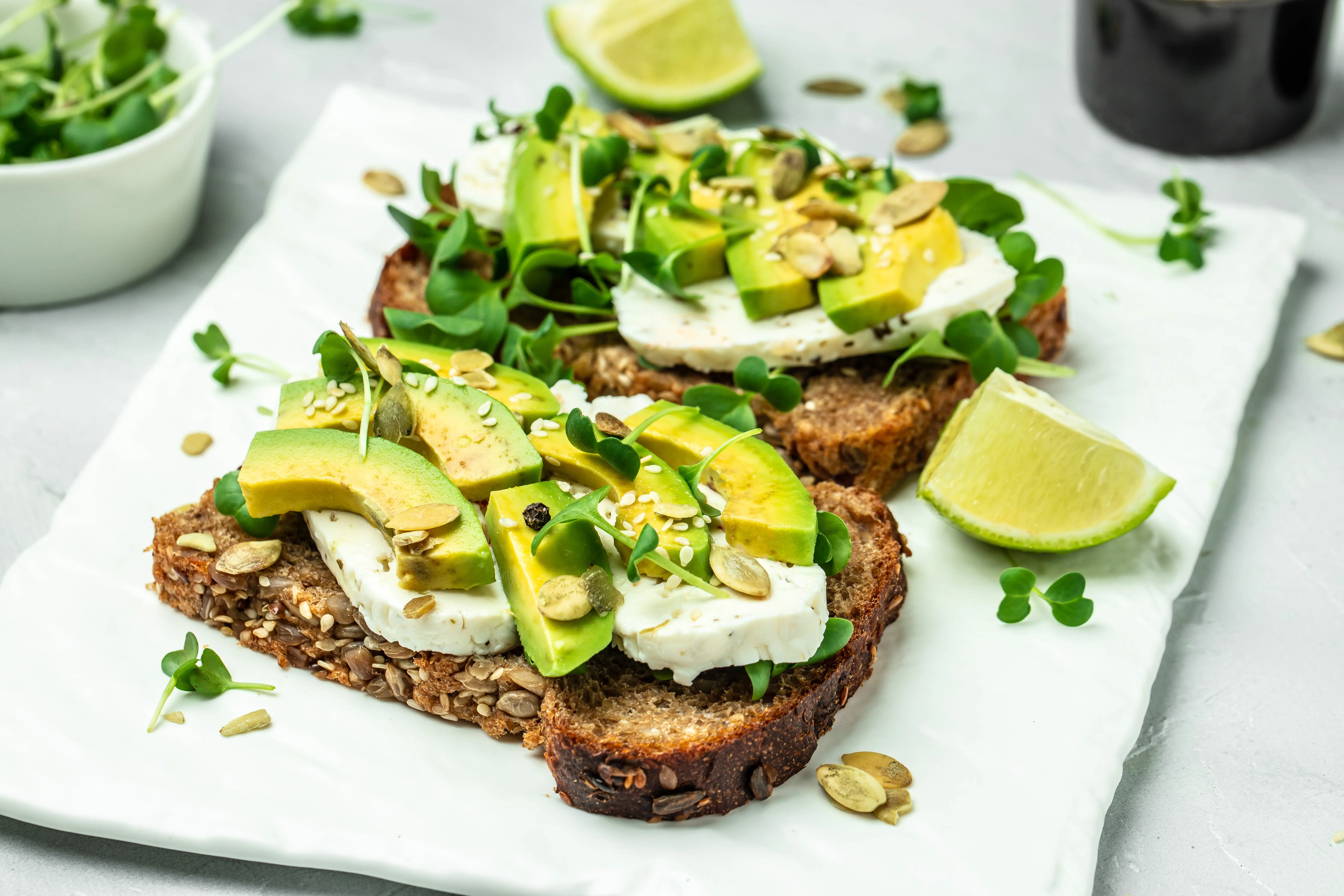Clean eating doesn't have to be synonymous with big grocery bills. It's a myth that only those with hefty wallets can afford the luxury of a clean diet. Within this article, we're going to debunk that myth, proving that a clean-eating lifestyle can indeed be aligned with a budget-conscious approach. So, whether you're a student pinching pennies or a parent trying to feed a family without breaking the bank, these tips will help you make healthier choices while keeping your finances in check.

Firstly, it's essential to understand what clean eating entails. It means consuming whole, unprocessed foods that are close to their natural state as possible. This includes fruits, veggies, whole grains, lean proteins, and healthy fats while avoiding added sugars, preservatives, and unhealthy fats. Now, let’s navigate the waters of budget-friendly clean eating.
Planning is paramount when you’re trying to eat clean on a budget. Dedicate a portion of your week to meal planning. This isn't just a buzzword preached by health gurus; it’s a practical way to save money and time. Start by planning your meals around the sales at your local grocery stores. If chicken breast is on deal, it's time for some grilled chicken salads, stir-fries, and soups. If there's an offer on spinach, think about salads, smoothies, or omelets. Make a list and stick to it. This approach will help you avoid impulsive buys that often tend to be unhealthier choices.
Next, buying in bulk can be your wallet's best friend. Items like brown rice, quinoa, oats, beans, and nuts often come with a reduced price tag when purchased in larger quantities. These staples have a long shelf life and can serve as the base for various meals. You’re not only cutting costs but also ensuring you have the necessary ingredients for a clean-eating lifestyle at your fingertips.
Whole foods are often more economical than their processed counterparts. A bag of brown rice can yield multiple servings, whereas a box of instant rice serves far fewer meals for the same price. The same logic applies to snacks. Instead of reaching for processed bars or bags of chips, go for whole fruits, homemade trail mixes, or rice cakes with nut butter.

Don't forget about frozen fruits and vegetables either. They are picked and frozen at their peak ripeness, locking in the nutrients. They can be less expensive than fresh produce and they won’t spoil quickly, reducing food waste. Frozen produce is great for smoothies, stir-fries, and as sides for your lean protein sources.
Speaking of protein sources, while meat can be an excellent source of protein, it can also be one of the more expensive items in your cart. To save money, include a couple of meatless meals per week. Eggs, tofu, lentils, and chickpeas are not only cost-effective but also versatile and packed with nutrients.
Farmers' markets can be a treasure trove for clean eaters. The prices can often beat grocery stores’, and the produce is typically at its freshest. By shopping at the end of the day, you may also score some deals as vendors are more likely to offer discounts to avoid taking back unsold items.
Clever cooking also plays a significant role. Cooking in batches can economize both ingredients and utilities. A big pot of chili, for example, can be had for dinner, then repurposed for lunch the next day, or even frozen for future meals. The more you cook at home, the more you're in control of what goes into your food, and typically, the less you'll spend.
Consider growing your own herbs and vegetables if you have the space. It's a small investment upfront for seeds and supplies, but the payoff is worth it. Not will you have a constant supply of fresh greens at your fingertips, but you will also be actively engaging in one of the clean eating principles – eating food from its source.
Another often-overlooked element of clean eating on a budget is reducing food waste. Be mindful of use-by dates and plan meals to use up the items likely to spoil first. Get creative with leftovers, blending wilting produce into smoothies, or making a stir-fry with veggies on their last leg. Freezing leftovers or excessive perishable items can also be a lifesaver for both your diet and wallet.
Moreover, in the modern age of technology, there are countless apps designed to help you save on groceries. These apps can provide digital coupons, alert you on special store promotions, and even offer cashback on purchases. Take advantage of these tools and add digital couponing to your money-saving arsenal.
Finally, educate yourself on portion sizes. Not only is portion control key to a healthy diet, but it can also help your food last longer. Learning the correct serving sizes can prevent overeating and therefore, overbuying.
Incorporating clean eating into your lifestyle does not have to be an expensive endeavor. With a bit of planning, savvy shopping, and creative cooking, you can enjoy all the benefits of a clean diet without the hefty price tag. Remember, it's about making smarter choices, not necessarily more expensive ones. So next time you’re at the store, approach your grocery list with these tips in mind, and watch as your bill shrinks while your health benefits grow. Clean eating on a budget isn't only possible; it's practical and absolutely achievable.
